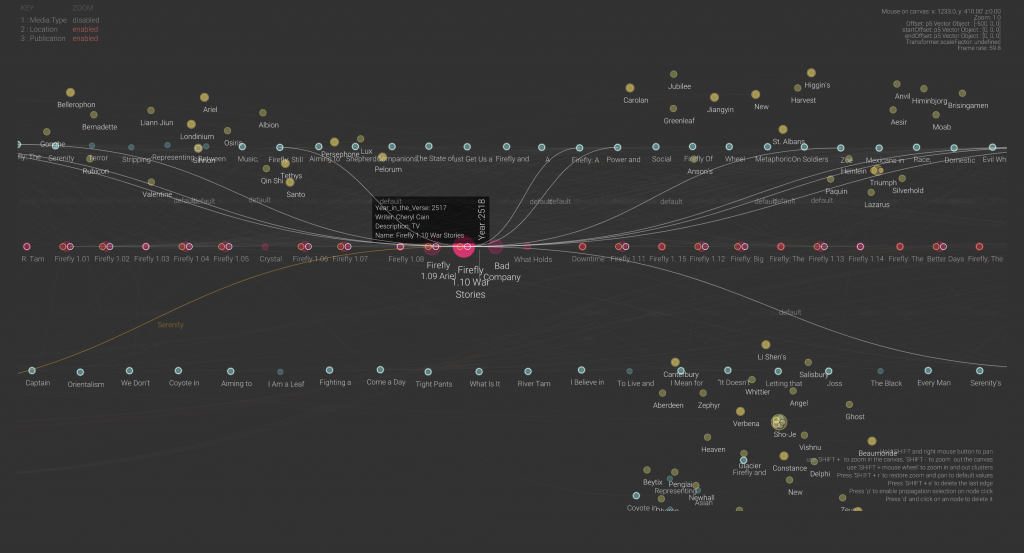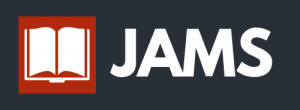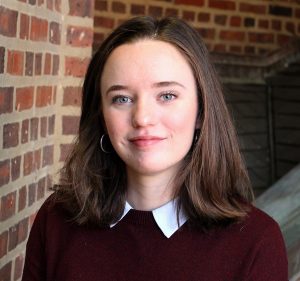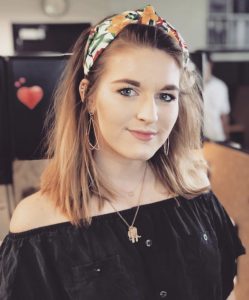In this interview series we ask our graduate assistants questions for our readers to get to know them better. Our first interview this year is with Sarah Appedu!
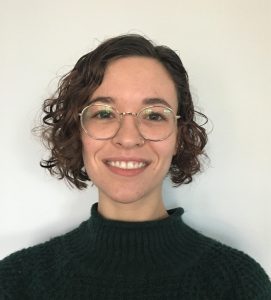
What is your background education and work experience?
Before attending graduate school, I worked as the Scholarly Communications Assistant in the academic library of a small liberal arts college. My work included overseeing the institutional repository, working with undergraduate journal editors, and assisting in our efforts to address the high cost of course materials through the promotion of open educational resources. This work inspired me to get my M.S. LIS and sparked my interest in pedagogy, open access publishing, digital scholarship, and copyright. My undergraduate background is in Philosophy and Women, Gender, & Sexuality studies, and I enjoy utilizing my critical thinking skills and love of theory to inform and improve my library practice.
What led you to your field?
It was actually a complete accident! After graduating from undergrad, I found myself interviewing for a temporary Administrative Assistant position at the college library. I had never considered working in a library before, but I quickly realized that many of my skills and interests are compatible with library work. I especially enjoyed the service-oriented nature of libraries and the desire to improve communities. My interest in social justice was welcomed in my position and it wasn’t long before I realized that I may have found my career path!
What are your research interests?
I’m developing an interest in the ways in which technology impacts our ability to seek and evaluation information, particularly in the context of algorithmic bias and surveillance capitalism. I am currently involved in organizing a reading group about artificial intelligence and information seeking behavior, and it is helping expand my conception of how libraries can serve their communities. I think libraries can have an even more prevalent role in educating students and others about the ways in which platforms like Google manipulate what we see online, and I’m looking forward to continue to investigate this topic.
What are some of your favorite underutilized Scholarly Commons resources that you would recommend?
Our Ask a Librarian chat service! The Scholarly Commons is on chat from 10am-2pm Monday-Friday every week and we are available to answer your questions. Feel free to write us about data analysis support, GIS needs, copyright, software, and more!
When you graduate, what would your ideal job position look like?
I’m starting to see the position of Student Success Librarian pop up, and I love the idea of having a job like that. Everything I do in the library always seems to come back to my interest in teaching students and working to make sure all students have the opportunity to succeed, particularly students who traditionally have been excluded from library support and services.


